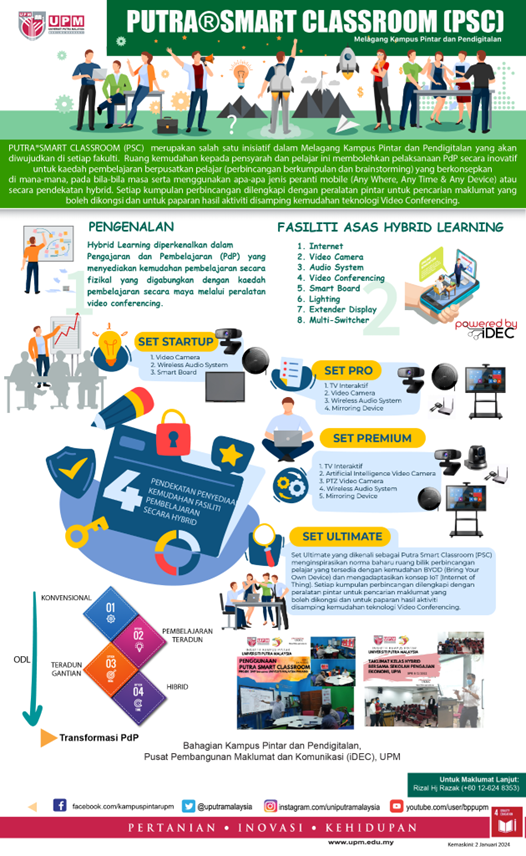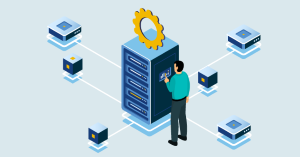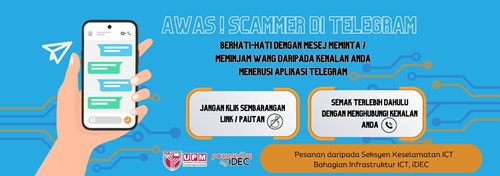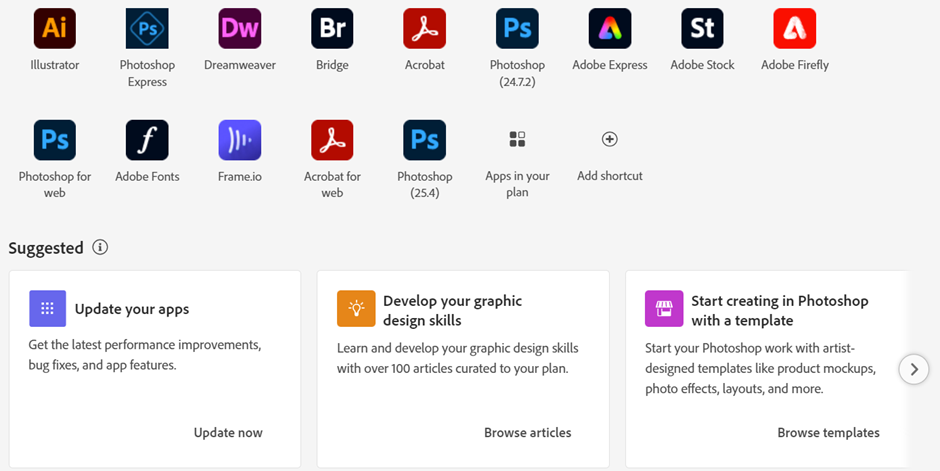
The implementation of a hybrid approach in learning and teaching refers to the combination between the use of digital technology and direct interaction in the classroom. This approach combines elements of online learning and face-to-face learning to give students a holistic and comprehensive learning experience.
Here are some elements that are important in the implementation of a hybrid approach in learning and teaching at the university:
- Use of Digital Technology: In a hybrid approach, digital technology plays an important role in delivering teaching and learning materials. This can include the use of online learning platforms such as PutraBlast, Google Classroom, or other learning management systems. Lecturers can upload learning materials such as videos, training software, or reading materials for students to access from anywhere.
- Face-to-Face Interaction: Although the majority of learning takes place online, the hybrid approach encourages face-to-face interaction in the lecture room. This gives students the opportunity to interact with lecturers and classmates directly, which can improve their understanding and motivation in learning.
- Collaborative Learning: Through the use of technology, students can collaborate online on projects, assignments, or group activities. This allows them to share ideas and expand their understanding through collaboration with classmates even if they are not in the same place.
- Technology-Based Assessment: A hybrid approach enables the use of online assessments to assess student performance. This can include online tests, electronic assignments, or formative assessments through online learning platforms. This assessment can provide immediate feedback to students and lecturers to improve their learning performance.
- Flexibility and Accessibility: The hybrid approach enables flexibility in learning where students can access learning materials from anywhere and at any time. This makes it easier for students who have commitments outside the lecture room such as part-time jobs or family responsibilities.
- Safety and Health: In the context of a pandemic or a situation requiring social distancing, a hybrid approach can help maintain the safety and health of students and lecturers by minimizing excessive face-to-face interaction while ensuring continued access to quality education.




























